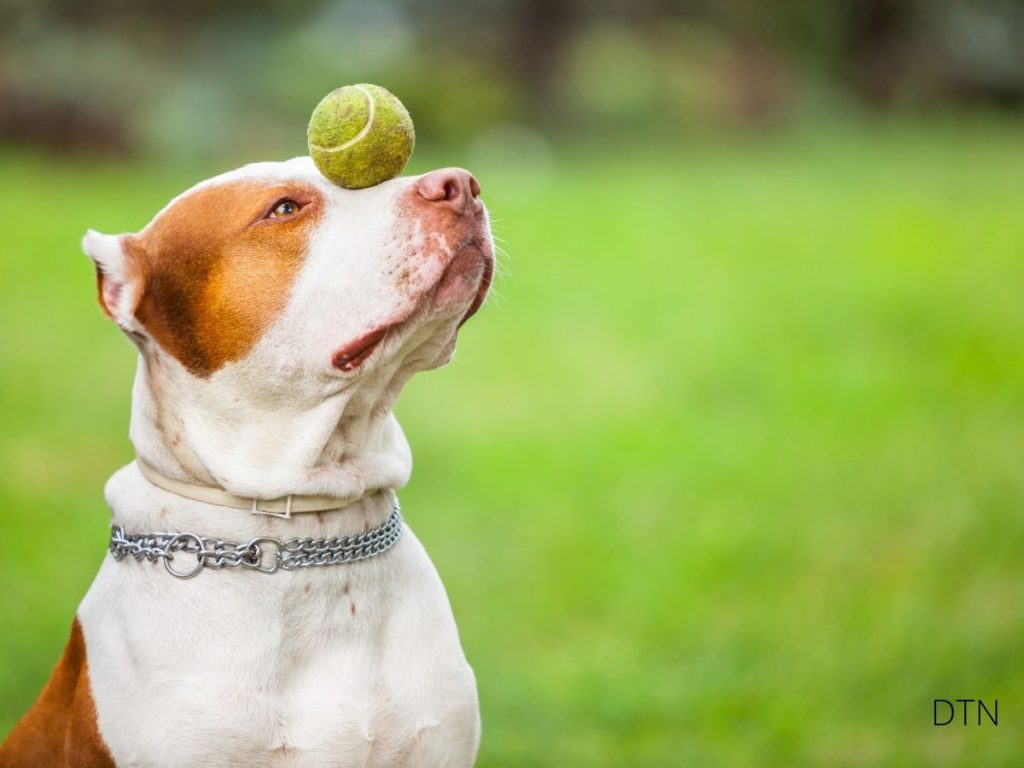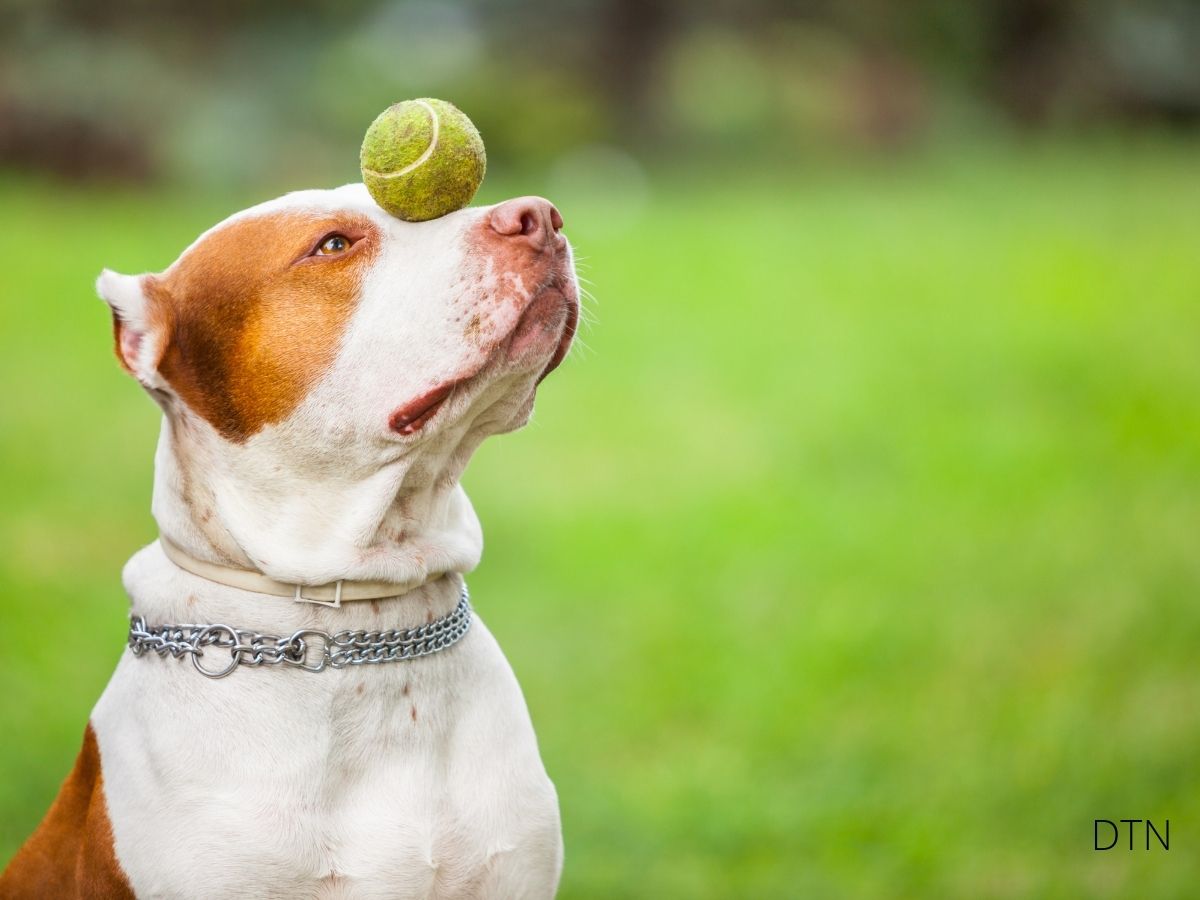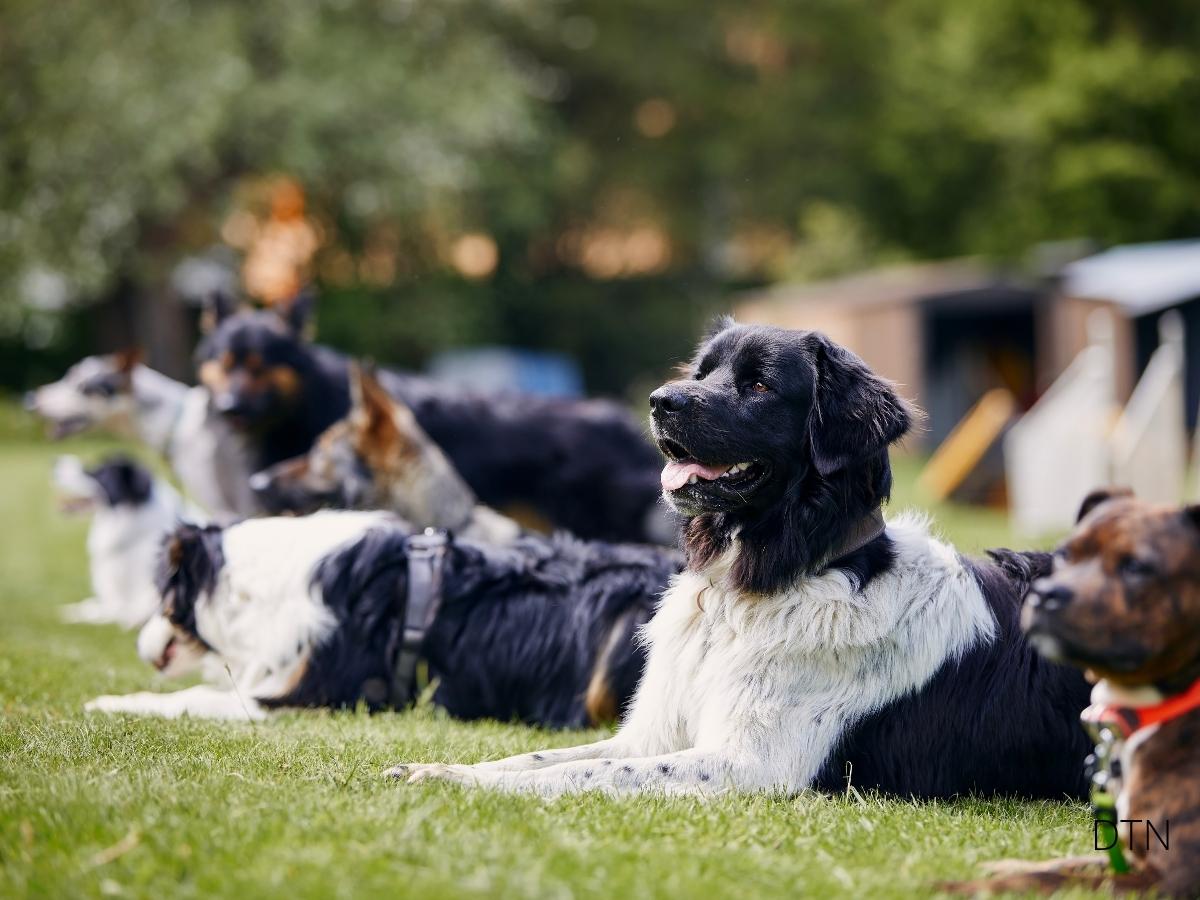Introduction
For decades, we’ve approached dog training with outdated methods that ignore the complex emotional and neurological reality of our canine companions. While our understanding of canine neuroscience has evolved dramatically, mainstream training practices remain stuck in simplistic dominance theories and one-size-fits-all approaches. Let us guide you through why traditional training has failed our dogs—and more importantly, how we can build a better path forward that honors the deep intelligence and emotional capacity of your furry friend.
The Dominance Myth & Its Lasting Damage
Understanding the Historical Misconception
The alpha theory, born from flawed wolf studies in the 1940s, has created a legacy of misunderstanding that still haunts modern training. You might notice how many trainers still emphasize “showing who’s boss” or establishing dominance—yet this approach fundamentally misunderstands canine social structures and motivation.
The neurological impact of dominance-based training:
- Triggers chronic stress responses in the amygdala
- Creates learned helplessness rather than genuine learning
- Damages the human-canine bond at a biochemical level
- Increases cortisol production, affecting long-term health
When we use force, intimidation, or punishment, we’re not teaching—we’re suppressing. This means your dog isn’t learning appropriate behaviors; they’re simply learning to avoid consequences, creating a anxious companion rather than a confident partner. 🧠
Cookie-Cutter Methods vs. Individual Neurodiversity
Why Every Dog’s Brain Is Unique
Did you know that breed-specific neural pathways create fundamentally different learning styles? A Border Collie’s prefrontal cortex processes information differently than a Bulldog’s, yet most training programs ignore these neurological variations entirely.
Individual factors mainstream training overlooks:
- Genetic predispositions to anxiety or confidence
- Breed-specific cognitive processing speeds
- Sensory processing differences (especially in herding breeds)
- Past trauma’s effect on neural plasticity
Your dog’s unique neurological profile means they need an individualized approach. What works brilliantly for your neighbor’s Golden Retriever might overwhelm your sensitive Sheltie or under-stimulate your working-line German Shepherd. This isn’t about your dog being “stubborn” or “difficult”—it’s about recognizing their individual neural architecture.
The Punishment Paradox
How Corrections Create More Problems Than They Solve
Traditional training often relies on corrections—from verbal “no’s” to physical interventions. Yet neuroscience reveals a troubling truth: punishment-based methods activate the same neural pathways as trauma, creating lasting changes in how your dog processes information and relationships.
What happens in your dog’s brain during punishment:
- The amygdala becomes hyperactive, overriding learning centers
- Stress hormones flood the system, impairing memory formation
- Trust networks in the brain begin to deteriorate
- Fight, flight, or freeze responses become default patterns
This means that even “mild” corrections can create a cascade of neurological responses that actually impair learning. Your furry friend isn’t being defiant when they “shut down” during harsh training—their brain is literally protecting itself from perceived threats. The irony? Punishment often increases the very behaviors we’re trying to eliminate, creating a cycle of escalation that damages both dog and human. 🐾
Ignoring Emotional Intelligence
The Overlooked Foundation of Canine Learning
Modern dogs possess remarkable emotional intelligence that traditional training completely bypasses. Research shows dogs can differentiate between human emotions, adjust their behavior based on our emotional states, and even experience complex feelings like jealousy, empathy, and anticipation. Yet most training treats them as simple stimulus-response machines.
Emotional capacities traditional training ignores:
- Dogs’ ability to read human facial micro-expressions
- Their capacity for emotional contagion (feeling what we feel)
- Complex social emotions like fairness and inequity aversion
- The role of attachment security in learning readiness
When we ignore these emotional dimensions, we’re not just missing opportunities for deeper connection—we’re actively working against your dog’s natural learning systems. A relaxed tail wag tells a story of emotional availability for learning that no amount of treats can replicate if the emotional foundation isn’t there.
The Socialization Window Myth
Why Learning Never Really Stops
You’ve probably heard that socialization must happen before 16 weeks or you’ve “missed the window.” This oversimplification has led to countless dogs being written off as “unsocializable” when in reality, the canine brain maintains remarkable plasticity throughout life.
The truth about ongoing neural development:
- Adult dogs can form new neural pathways through enriched experiences
- Trauma can be healed through careful, systematic desensitization
- Senior dogs show continued capacity for learning and adaptation
- Each positive experience literally rewires the brain
This means it’s never too late to help your dog develop confidence, learn new skills, or overcome past challenges. The key isn’t racing against an imaginary clock—it’s understanding how to work with your dog’s brain at every life stage. Next, we’ll explore how modern training has failed to adapt to our contemporary lifestyle challenges.
Histories are more full of examples of the fidelity of dogs than of friends.
– Alexander Pope

Modern Life vs. Traditional Expectations
The Mismatch Between Training and Reality
Traditional training emerged in an era of farms, stay-at-home households, and dogs with jobs. Today’s dogs face apartment living, 8-hour workdays, and urban sensory overload—yet we’re still using methods designed for completely different lifestyles.
Modern challenges traditional training doesn’t address:
- Separation anxiety in the age of remote work transitions
- Reactivity to the constant stimulation of city life
- Lack of species-appropriate outlets for natural behaviors
- The stress of irregular schedules and multiple caregivers
Your Corgi’s herding instincts don’t disappear in a studio apartment, and your Beagle’s scent-tracking drive doesn’t vanish because you live downtown. When training fails to acknowledge these realities, we set both ourselves and our dogs up for frustration. Traditional obedience might teach “sit” and “stay,” but it doesn’t help your dog navigate the emotional complexity of modern life. 😄
The Exercise Myth & Mental Stimulation
Why “A Tired Dog Is a Good Dog” Gets It Wrong
How many times have you heard that behavior problems stem from insufficient exercise? While physical activity matters, this oversimplification has led to a generation of physically exhausted but mentally frustrated dogs.
What really happens with exercise-only approaches:
- Creates athletically fit dogs with poor impulse control
- Increases arousal without teaching calm behaviors
- Can worsen anxiety and reactivity through cortisol spikes
- Ignores the critical role of mental enrichment
Your border collie doesn’t need another hour at the dog park—they need puzzle solving, scent work, and cognitive challenges that engage their spectacular problem-solving abilities. True fulfillment comes from meeting both physical and mental needs in balance, something traditional training rarely addresses.
Technology & Training: The Dangerous Quick Fix
Why Shock Collars and Apps Can’t Replace Understanding
The modern training industry has embraced technology as a solution, from shock collars to training apps. Yet these tools often amplify the fundamental problems with traditional training rather than solving them.
The hidden costs of technological “solutions”:
- E-collars create suppression, not learning
- Apps can’t read your dog’s emotional state or stress signals
- Automated training ignores the critical role of relationship
- Quick fixes prevent deeper understanding of root causes
Real training isn’t about controlling your dog through technology—it’s about understanding their communication, meeting their needs, and building a trusting relationship. No app can recognize when your dog’s whale eye signals overwhelm, and no shock collar can teach the confidence that comes from patient, relationship-based learning. 🧡
The Path Forward: Relationship-Based Learning
Building Better Training Through Connection
So where do we go from here? The future of dog training lies not in dominance or control, but in understanding, communication, and mutual respect. Modern neuroscience-informed approaches recognize your dog as an emotional, intelligent being deserving of patience and compassion.
Elements of effective modern training:
- Recognizing and respecting individual differences
- Building confidence through choice and agency
- Using play and exploration as learning tools
- Addressing underlying emotional needs before behaviors
- Creating predictable, safe learning environments
- Incorporating breed-specific enrichment and outlets
This approach isn’t just more humane—it’s more effective. When we work with your dog’s natural learning systems rather than against them, we create lasting behavioral change rooted in understanding rather than fear.
Conclusion: Is Traditional Training Right for Your Dog?
Traditional training methods have failed the modern dog not through malice, but through outdated understanding. As we’ve explored together, our dogs deserve approaches that honor their emotional intelligence, respect their individual neurodiversity, and acknowledge the realities of contemporary life. The question isn’t whether your dog can learn to sit or stay—it’s whether the methods you choose support their overall wellbeing and strengthen your bond.
Moving forward means embracing complexity over simplicity, relationship over control, and understanding over dominance. Your furry friend isn’t asking for perfection—they’re asking for partnership. And that journey starts with recognizing that the old ways simply aren’t enough for the remarkable beings who share our homes and hearts. The path forward isn’t always easy, but it’s infinitely more rewarding when we choose methods that see our dogs for who they truly are: complex, emotional, intelligent beings deserving of training that uplifts rather than suppresses their magnificent spirits. 🐾






